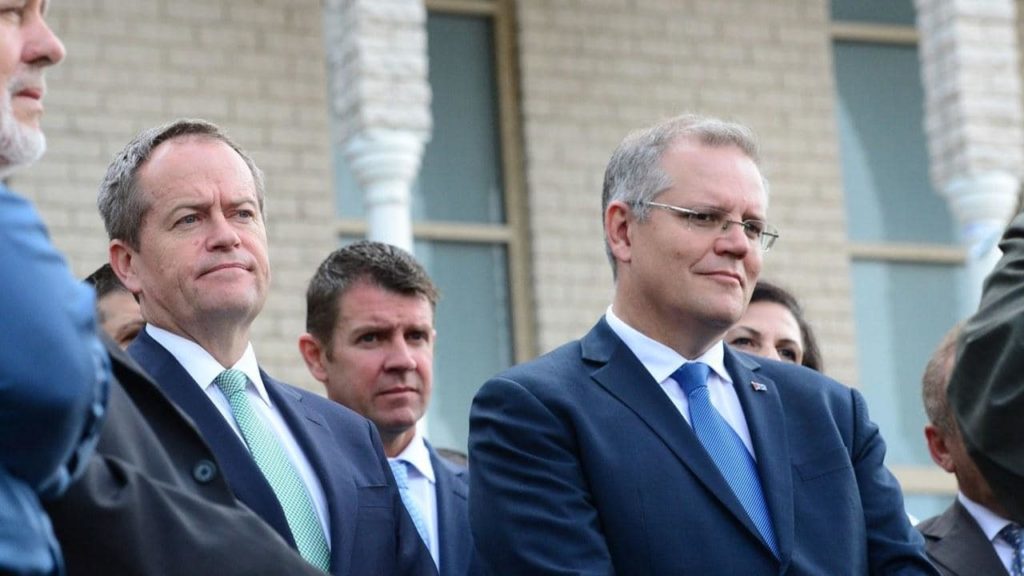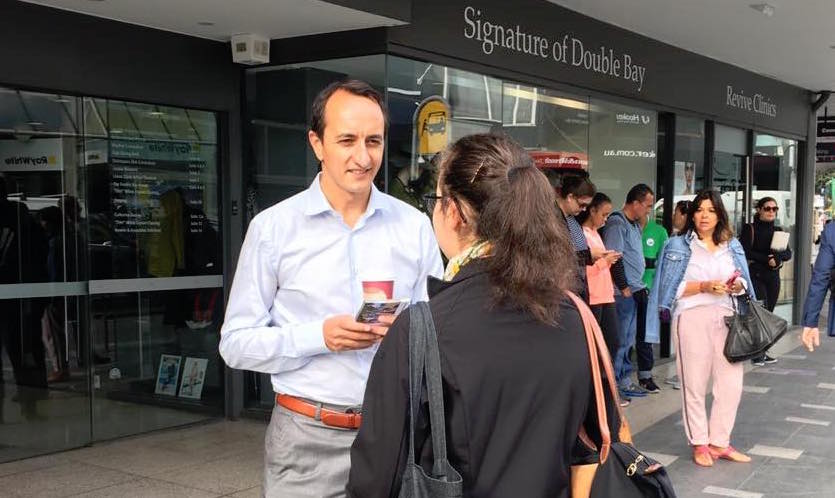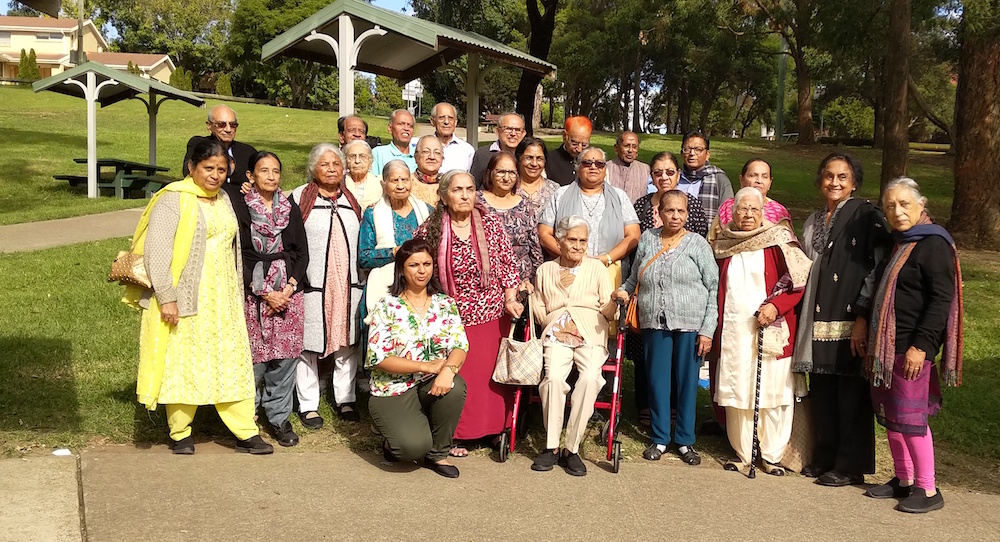Australia Votes: A Climate for Change

Australian politics has rarely been lacking in drama and intrigue and this election on May 18 will also be undoubtedly packed full of excitement when Australians vote to decide on which political party will run the country – the incumbent Liberal-National coalition, headed by recently catapulted Prime Minister Scott Morrison, or the opposition Labor Party led for six years by Bill Shorten.
Since the dumping of Malcolm Turnbull nine months ago by his own party over issues such as energy policy and gender equality, the Liberals have collapsed into all out civil war. High profile moderates such as Julie Bishop, Christopher Pyne, Craig Laundy, Julia Banks and Kelly O’Dwyer have all quit.
The Liberal Party did poorly in last year’s by-elections, losing the blue-ribbon safe seat of Wentworth to independent Kerryn Phelps.
Scott Morrison’s ability to pull his coalition together before the ballots open has been hampered by a seemingly never ending series of scandals. The National Party, for example, was forced to sack many members of its youth branch after it was revealed white supremacists had infiltrated the group.
Barnaby Joyce, having already lost his leadership role over a sexual liaison with a member of his staff, is facing further scrutiny surrounding an unusual $80 million water buy-back when he was Minister for Water Resources.
Within the Liberal Party itself, a number of senior MPs are subjects of serious allegations involving misuse of taxpayers’ funds. The election campaign period has brought more damaging incidents culminating with the disendorsement of Tasmanian Liberal candidate Jessica Whelan over explicit racist posts on social media.
Labor, conversely, has had a relatively stable build up to the election, maintaining a strong uninterrupted lead in the polls since the last election. Although low on popularity ratings, Bill Shorten has remained leader for the past six years and his shadow cabinet has also seen minimal change over that time. Shorten has managed to keep on-message with his policies and provide unity amongst his political colleagues despite continuous attacks from pro-corporate sections of the media.
It has not been completely smooth for the Labor though with apparent indecision over approving the proposed Adani coal mine and the disendorsement of Melbourne candidate Luke Creasy during the campaign causing unhealthy hiccups.
A number of key issues underscoring this election are climate change, energy policy, taxation, wage stagnation and the financing of public institutions. The two parties have almost polar opposite positions on all these topics, making it easy for voters to determine who stands for what.
The Liberals want to continue in a fossil fuel based economy with lower company taxes and decreased funding of public organisations such as the ABC, while Labor has renewable energy, major tax reform, stimulating wage growth and increased funding toward health care as cornerstones in their election platform.
The voters are polarised: young vs old and urban vs voters in rural areas. In urban areas the electorate seems to have a strong concern for environmental issues and affordable housing prices. The younger demographic appears particularly engaged, with voting registrations in this age bracket at an all-time high.
To win the election, Scott Morrison is in the unenviable situation of an incumbent government having to win three seats in order to obtain a mandate.
Favourable redistributions in a number of electorates means that Bill Shorten only has to win four seats to gain power. This requires a uniform swing of barely one per cent to Labor.
Queensland and Victoria, each with a truckload of seats with margins of less than five per cent, is where the election will be won or lost.

The duel in the suburban Melbourne seat of Deakin is likely to be indicative of how the overall contest might pan out. Labor’s Shireen Morris, a constitutional lawyer and the daughter of Indian and Fijian-Indian parents, is looking to overcome a 6 per cent margin to win the seat from the Liberal’s Michael Sukkar. If Morris can get over the line in Deakin, Labor would be looking at a clear path to victory across the country.

Other fascinating duels to keep an eye on will be the contest between the Liberal’s Dave Sharma and the independent Kerryn Phelps for the seat of Wentworth, and that of Warringah where Tony Abbott is in the fight of his political life against another popular independent in Zali Steggall. If the Liberals are unsuccessful in these affluent constituencies, they may find themselves facing an electoral wipe-out.

Whoever wins in the House of Representatives will again likely have a tricky time passing legislation through a Senate filled with an assortment of social representatives. 40 of the 76 Senate seats are up for grabs at the May election with a plethora of parties including The Greens, Clive Palmer’s UAP and One Nation vying for the public’s vote and a say in how the country is run.
The evening of Saturday, May 18, will see many Australians glued to their smartphone and television screens, eagerly or perhaps nervously watching the magnificent spectacle that is democracy unfold before their eyes. Whatever the outcome, it is sure to be quite a show.
Short URL: https://indiandownunder.com.au/?p=13172
